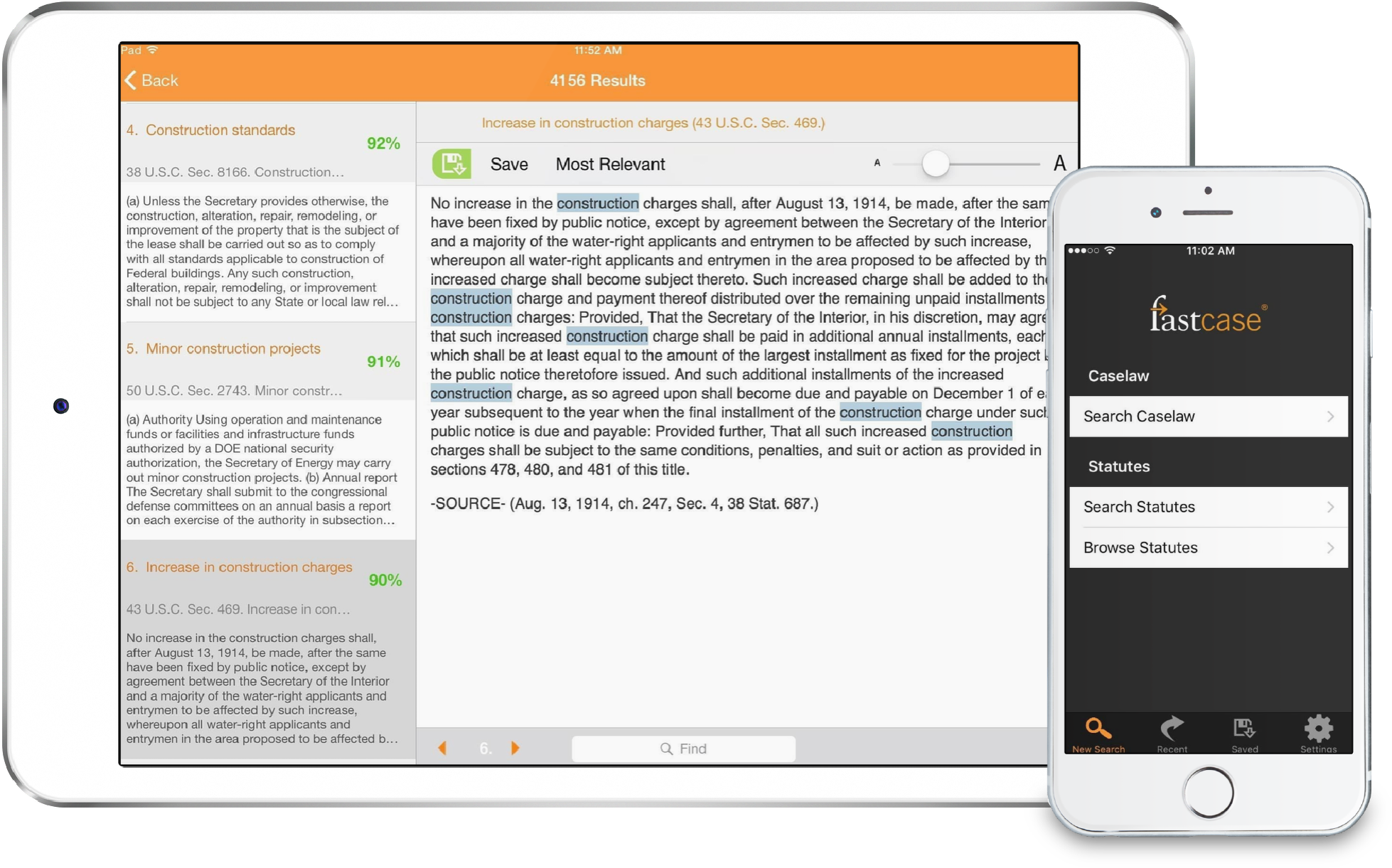Oral Arguments: When does a traffic stop end?
The Supreme Court heard oral arguments in Arizona v. Johnson today. As reported in our original post, the case centered around a traffic stop where an officer patted down the passenger who did not appear to have committed a crime, but did appear to be armed and dangerous. Following argument, there appear to be two major issues for the justices to debate:
1) Is the passenger “seized” when riding in a car pulled over by police?
2) What are the requirements for a valid search under Terry v. Ohio?
For the state, Assistant Arizona Attorney General Joseph Parkhurst argued that for a search to be constitutional under Terry v. Ohio and subsequent opinions, the officer need only reasonably believe that the searched is armed and dangerous. For the defendant, Andrew Pincus argued that a officer must believe both that a the searched is armed and dangerous AND that criminal activity is afoot.
Interestingly, and for the first time, the Supreme Court may now need to decide when a traffic stop begins and ends. A sizable portion of the argument centered around whether Johnson, the passenger was seized during the traffic stop as well as the larger issue of when a traffic stop actually begins and ends. In fact, to rule here, the court may actually have to decide when a traffic stop begins and ends.
Read the transcript of the argument here.



